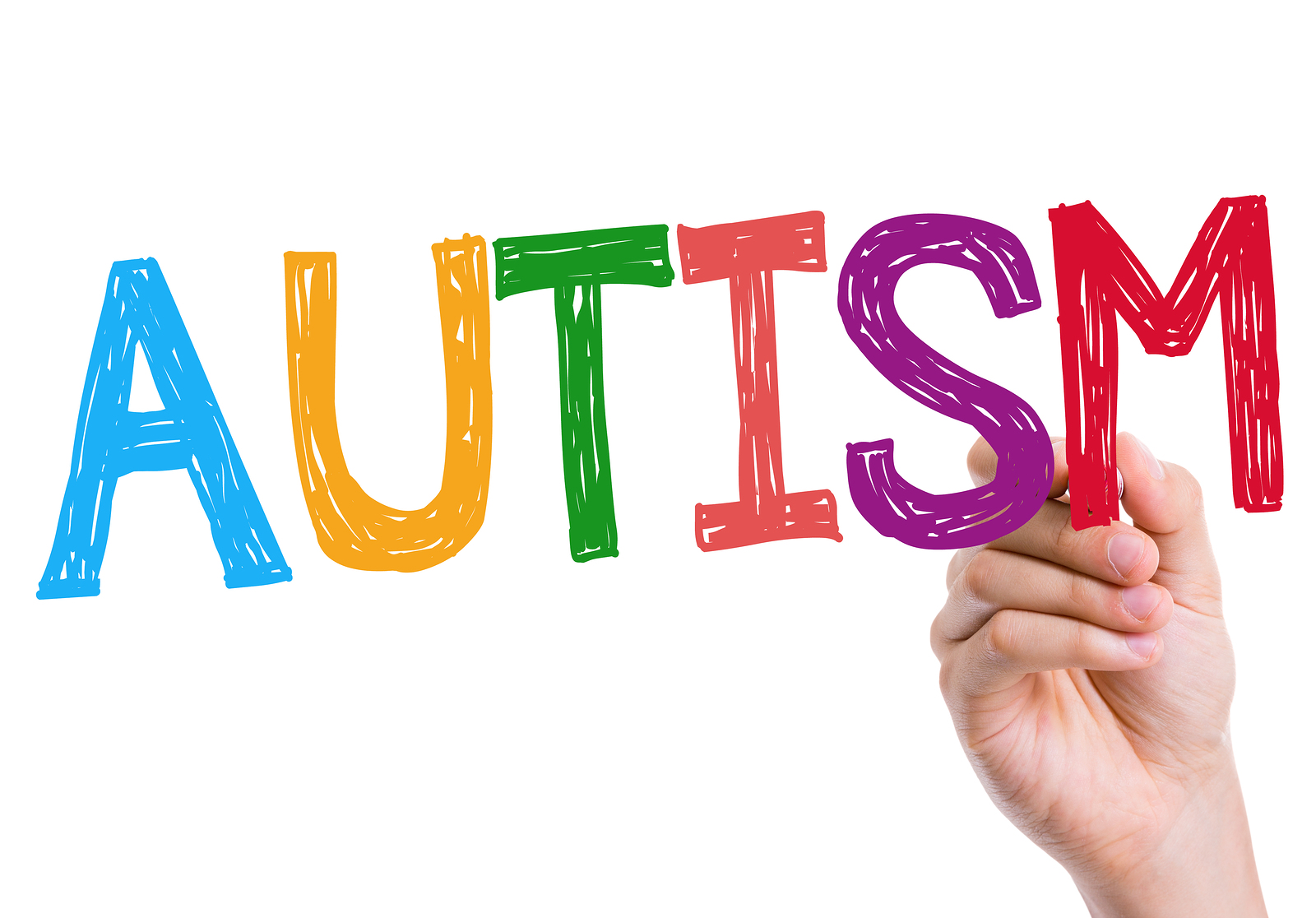More than 3.8 million Americans live with Autism, and it is estimated that 1 in 68 children will be diagnosed as being on the spectrum. While the general myth is that autism is a male-dominated condition, new research shows that this may not be true.
Currently, the ratio of males to females diagnosed with autism is 4:1. But the late Lorna Wing set out in her life to prove that just because women are less likely to be diagnosed with autism, doesn't mean they're less likely to live with it.

Wing studied how each gender interacts with autism, and how assessing autism in patients has become dependent on looking at male-centric traits. Women who do struggle with autism have expressed their dissatisfaction in how the condition is diagnosed, saying there needs to be a change.
Currently, autism spectrum disorder (ASD) is characterized by deficits in "social communication and interaction, allied to restricted repetitive behaviors and interests."
So what is it that has women frustrated by this equation?
The research notes that girls have fewer 'special interests' than boys, or the interests they have still line up with those who are not on the spectrum. Girls are also inherently more sociable than boys, even if it's superficial, so it can be hard to diagnose social awkwardness.
"This is deeply troubling, as it means that autistic women have to exert an extraordinary amount of energy in social situations, often ending up exhausted, stressed and feeling as though no-one truly understands them," says Tiago Pinto, a clinical psychologist.
With all of this in mind, the researchers make a strong case that girls are able to mask their autism more easily, thus making it harder to diagnose.
So how do we fix it?
Wing and her researchers believe it's time to stop diagnosing autism using a series of check boxes. The guidelines given by the World Health Organization don't outline the potential difficulties experienced by women and girls who are living with Autism Spectrum Disorder.
They suggest medical practitioners observe patients in different social situations to see how they react, as well as knowing the signs of camouflaging.
"The simple fact is that more needs to be done so that thousands of women and girls don't struggle unnecessarily without the care and support that they need," says Pinto.
Do you agree that the ASD diagnosis process is not geared towards helping women? Let us know.


